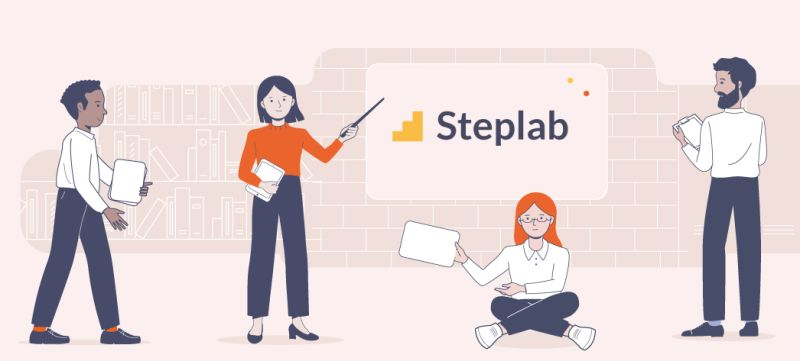Did you know that my book (reviewed by Beanie Geoghegan here) has an amazing Forward by Paul A. Kirschner? Paul, of course, is a frequent guest of the podcast, the author of countless books and articles, and one of the most important cognitive psychologists in the history of education. Enjoy! EXPLAINING EXPLAINED Humans are (almost) … Continue reading Paul Kirschner Explains Explaining
Did you know that my book (reviewed by Beanie Geoghegan here) has an amazing Forward by Paul A. Kirschner? Paul, of course, is a frequent guest of the podcast, the author of countless books and articles, and one of the most important cognitive psychologists in the history of education. Enjoy!
EXPLAINING EXPLAINED
Humans are (almost) unique among animal sorts in that they are capable of communicating what they have learnt to others who haven’t yet learnt it.
We’ve done that through oral histories, pictographs, written histories, and just plain teaching. This information communication from adults to adults, children to children, parents to children, teachers to students, and so forth are all ways in which humans convey what they know to other humans. Another word for this is teaching. Our cognitive architecture has evolved and is set up to do this and is based upon the first two of the five natural information processing system principles as proposed by John and Susan Sweller.
The first principle – the information store principle – suggests that, in order to function, natural information processing systems require an enormous store of information. This is what our long-term memory does with respect to human cognition. All of what each of us has learnt is stored in our long-term memory and is accessible to us when we need it. The second principle – the borrowing and reorganizing principle – implies that most of the information acquired by and stored in long-term memory is borrowed from the long-term memories of other people. We listen to what they say, read what they write, have it explained to us (we ‘borrow’ that information from those sources). Once that information is acquired from others, we reorganize it by using information that we have previously acquired and stored in our long-term memory as knowledge.
Explaining, as defined and discussed in this book, makes use of these two principles. This explaining lends’ the information of one person (a teacher, the authors of textbooks, other experts) to others (their students, listeners, readers). The teacher then helps them, through the specific instructional techniques discussed in the book, to reorganize that ‘borrowed’ information in their own long-term memories; that is, in the already existing knowledge schemas in their long-term memory. You could say, explaining is the epitome of what makes us human. And to either neglect or even deny this, denies our uniqueness as species and hampers our teaching and learning.
Paul A. Kirschner
Emeritus Professor of Educational Psychology at the Open University of the Netherlands














